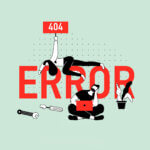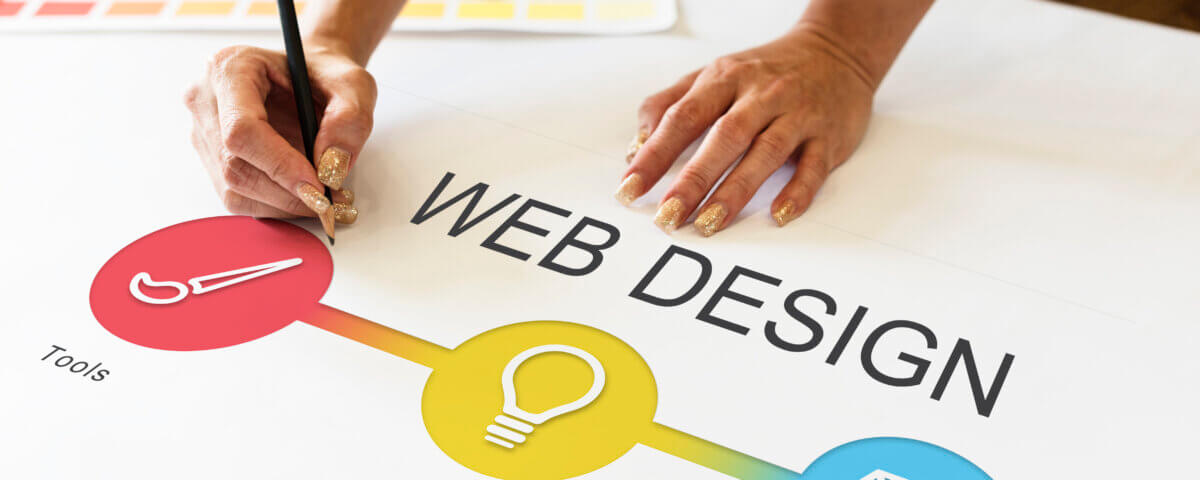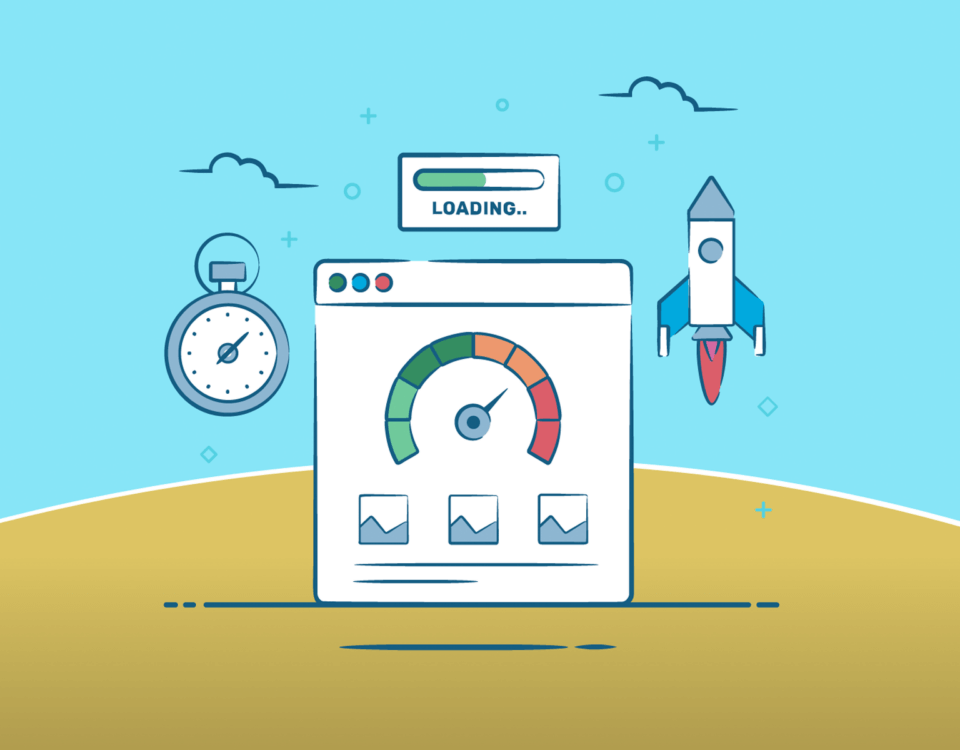
Common WordPress Errors and How To Fix Them
August 7, 2023
Essential Software Development Tools Every Developer Should Know
August 21, 2023
Web design is a constantly evolving field, driven by technological advancements and changing user preferences. In this blog, we'll explore the latest web design trends that are shaping the digital landscape in 2023. Whether you're a seasoned web designer or a beginner looking to enhance your skills, staying up-to-date with these trends can help you create visually stunning and user-friendly websites that leave a lasting impression on visitors.
1. Dark Mode Dominance
Dark mode has been gaining popularity in recent years, and in 2023, it continues to dominate the web design landscape. Dark-themed interfaces not only look sleek and modern but also reduce eye strain and save battery life on devices with OLED screens. Implementing a dark mode option on your website can improve user experience, especially for visitors who prefer browsing during night-time or in low-light conditions.
2. 3D and Immersive Elements
Advancements in web technologies, such as WebGL and CSS3, have enabled the integration of 3D elements into websites, creating more immersive and engaging user experiences. Designers are incorporating 3D models, animations, and effects to add depth and interactivity to their designs. However, it's essential to use 3D elements judiciously to prevent overwhelming users and affecting website performance.
3. Voice User Interface (VUI)
With the increasing prevalence of voice-activated devices and virtual assistants, voice user interfaces have become a key consideration in web design. Integrating voice interactions allows users to navigate and interact with websites using natural language. Implementing VUI not only enhances accessibility but also adds a touch of modernity to the user experience.
4. Augmented Reality (AR) Integration
AR is transforming the way users interact with websites, particularly in e-commerce and product showcase domains. By enabling users to virtually place products in their real-world environment, AR enhances the decision-making process and boosts engagement. For web designers, incorporating AR features involves utilizing libraries like AR.js or WebXR, making the technology more accessible.
5. Minimalism and Micro-Interactions
Minimalist design principles continue to be popular in 2023, as they offer simplicity, clarity, and faster loading times. A clean and uncluttered layout, combined with micro-interactions, creates a delightful user experience. Micro-interactions, such as subtle hover animations or button effects, add an element of playfulness and feedback that can make a website more enjoyable to navigate.
6. Inclusive Design and Accessibility
Inclusive design focuses on making websites accessible to all users, regardless of their abilities or disabilities. In 2023, there is an increased emphasis on creating websites that are not only aesthetically pleasing but also fully functional for everyone. This includes providing alternative text for images, ensuring keyboard navigability, and adhering to Web Content Accessibility Guidelines (WCAG) to accommodate users with different needs
7. Neumorphism and Soft UI
Neumorphism, a blend of "new" and "skeuomorphism," has emerged as a web design trend in 2023. It involves using subtle shadows and highlights to create elements that appear to be slightly raised from the background, providing a soft, tactile feel. Soft UI designs maintain a sense of depth and realism without the heavy skeuomorphic elements of the past, contributing to a modern and visually appealing aesthetic.
Conclusion
Web design trends in 2023 are focused on enhancing user experience through innovation and inclusivity. Embracing dark mode, incorporating 3D and immersive elements, integrating VUI and AR, and emphasizing minimalism and micro-interactions can help web designers create captivating and user-friendly websites.
Furthermore, keeping accessibility in mind and adopting inclusive design practices ensures that websites are accessible to all users, regardless of their abilities. As technology continues to evolve, staying updated with the latest trends and implementing them thoughtfully can enable web designers to create impactful and visually stunning websites that captivate and delight visitors in the ever-changing digital landscape.









